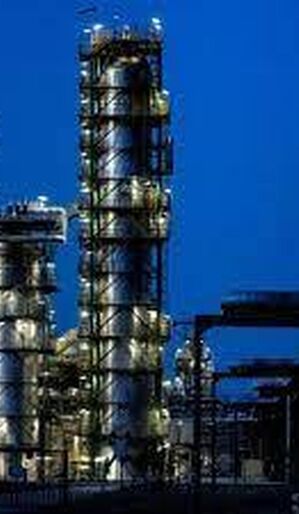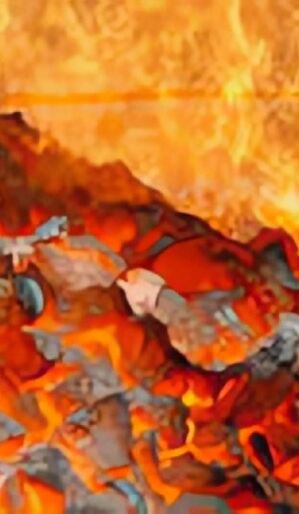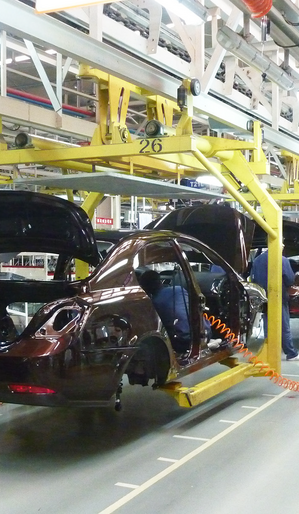Dairy Industry
The dairy industry wastewaters are primarily generated from the cleaning and washing operations in the milk processing plants. It is estimated that about 2 % of the total milk processed is wasted into drains. Dairy wastewaters are characterized by high biological-oxygen demand (BOD) and chemical oxygen demand (COD) concentrations and generally contain fats, nutrients, lactose, as well as detergents and sanitizing agents. Dairy effluents decompose rapidly and deplete the dissolved oxygen level of the receiving streams immediately resulting in anaerobic conditions and the release of strong foul odors due to nuisance conditions. The receiving water becomes the breeding place for flies and mosquitoes carrying malaria and other dangerous diseases like dengue fever, yellow fever, and chikungunya. It is also reported that higher concentrations of dairy wastes are toxic to certain varieties of fish and algae. The casein precipitation from waste which decomposes further into a highly odorous black sludge at certain dilutions the dairy waste is found to be toxic to fish also. Dairy effluent contains soluble organics, suspended, solids, and trace organics. They decrease do, promote the release of gases, cause taste and odor, impart color or turbidity, and promote eutrophication. Due to the high pollution load of dairy wastewater, the milk-processing industries discharging untreated/partially treated wastewater cause serious environmental problems. Moreover, the governments impose very strict rules and regulations for effluent discharge to protect the environment. Thus, appropriate treatment methods are required so as to meet the effluent discharge standards. Dairy wastewaters are generally treated using biological methods such as activated sludge process, aerated lagoons, trickling filters, sequencing batch reactor (SBR), anaerobic sludge blanket (UASB) reactor, anaerobic filters, etc. Often times the post-treatment of dairy wastewater is also done using the physico-chemical treatment methods consisting of coagulation/flocculation by various inorganic and organic natural coagulants, and membrane processes like nanofiltration (NF) and/or reverse osmosis (RO). Membrane processes produce purified water without milk proteins and lactose and which could be recycled. At the same time, the recovered proteins and lactose can be used for non-human consumption.
We as GLANCO RECOVER & RECYCLE, instead of treating wastewater from the dairy industry, are focusing initially on “Recovery of wastewater”.
Typical Cross flow Ultrafiltration system designed for dairy industry wastewater treatment.
Typical Bioreactor out of enameled tank for Dairy Industry





